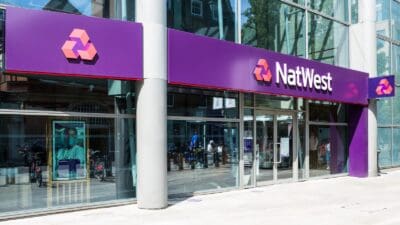Shareholders in Standard Chartered (LSE: STAN) (NASDAQOTH: SCBBF.US) must be feeling pretty fed up.
Not only have they seen the company underperform the wider FTSE 100 by around 28% over the last year alone, the stock has also made a poor start to the year as a result of wider concerns surrounding the emerging market growth story.
However, things could be on the up for the Asia-focused bank that just a couple of years ago was the darling of the UK banking sector. Moreover, Standard Chartered was touted as the bank with the most potential due to its bias towards faster growing markets and, judging by its earnings forecasts for the next couple of years, it may still live up to that billing.
Indeed, earnings per share (EPS) is forecast to grow by 10% in 2014 and by 9% in 2015. Although 2013 looks set to disappoint, with EPS rumoured to have fallen by 8%, it looks as though above-average bottom-line growth could once again become the norm for shareholders of Standard Chartered.
That said, ‘the norm’ may not have been quite as impressive as the market believes and it could be a case of many investors looking back at the last few years through rose-tinted glasses.
Certainly, Standard Chartered outperformed the vast majority of its peers during the credit crunch. It only, though, delivered double-digit EPS growth in one year during that period, with zero growth being registered in 2011, for instance.
Therefore, the next couple of years appear to offer the potential to be at least as good as the period when Standard Chartered was the darling of the UK banking sector. Sure, economic conditions are much-improved for many of its peers (especially for the UK-focused banks) but, just as with all economies around the globe, it is often when the future looks uncertain (as it does now for emerging markets) that the most appealing buying opportunities present themselves.
Trading on a forward price-to-earnings (P/E) ratio of just 9 highlights just how cheap Standard Chartered is. When you factor in EPS growth forecasts of 10% this year and 9% in 2015, as well as the considerable long-term potential of Asian markets, it looks like the kind of stock that could help you to retire early.








